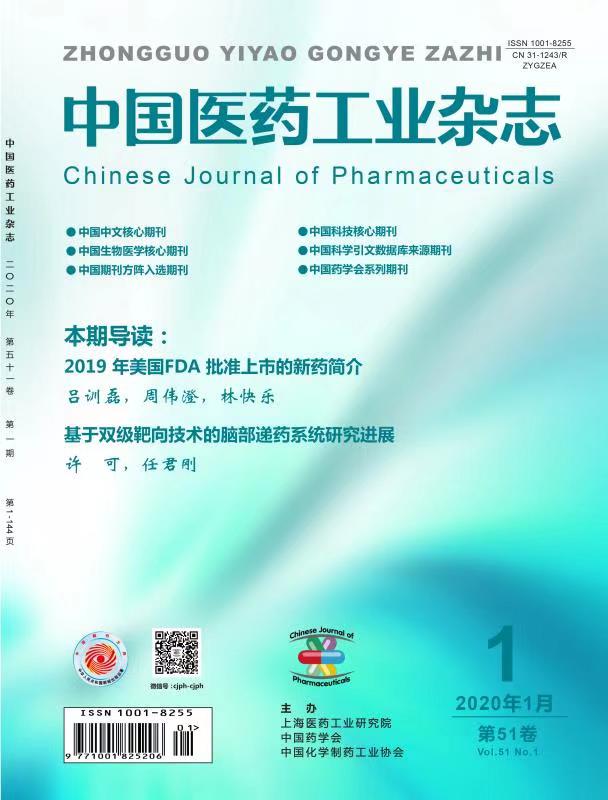Paper
ZHAO J, XI J Q, ZHANG B B, SONG D Z, CHENG Z H
Alisol G, an ingredient of Chinese medicine Rhizoma Alismatis, is a partial antagonist of cannabinoid receptor 1 (CB1R). Antagonizing CB1R has significant weight loss and hypolipidemic effects. While CB1R blockade in central nervous system would arouse some neuropsychiatric side effects, such as anxiety, depression, suicide, etc. The purpose of this study was to establish a UPLC-MS/MS method to determine the concentration of alisol G in rat plasma and cerebrospinal fluid (CSF) after oral administration and then evaluate its blood-brain barrier permeability. With rimonabant as internal standard (IS), the plasma and CSF samples were processed by liquid-liquid extraction and separated on a ACQUITY BEH C18 column with the mobile phase of methanol∶0.1% acetic acid(90∶10). Alisol G and IS were ionized in the positive electrospray ionization (ESI) and monitored via multiple reaction monitoring(MRM) mode at m/z 455.16→m/z 383.04 for alisol G and m/z 464.88→m/z 364.75 for IS, respectively. This method was sensitive and reliable, and could accurately determine the concentration of alisol G in rat plasma and CSF. After intragastric administration, the cmax in rat plasma was 312.64 ng/ml, and no prototype compound was detected in rat CSF. The experimental results showed that alisol G could not pass through the blood-brain barrier, which provided a basis for subsequent research.
